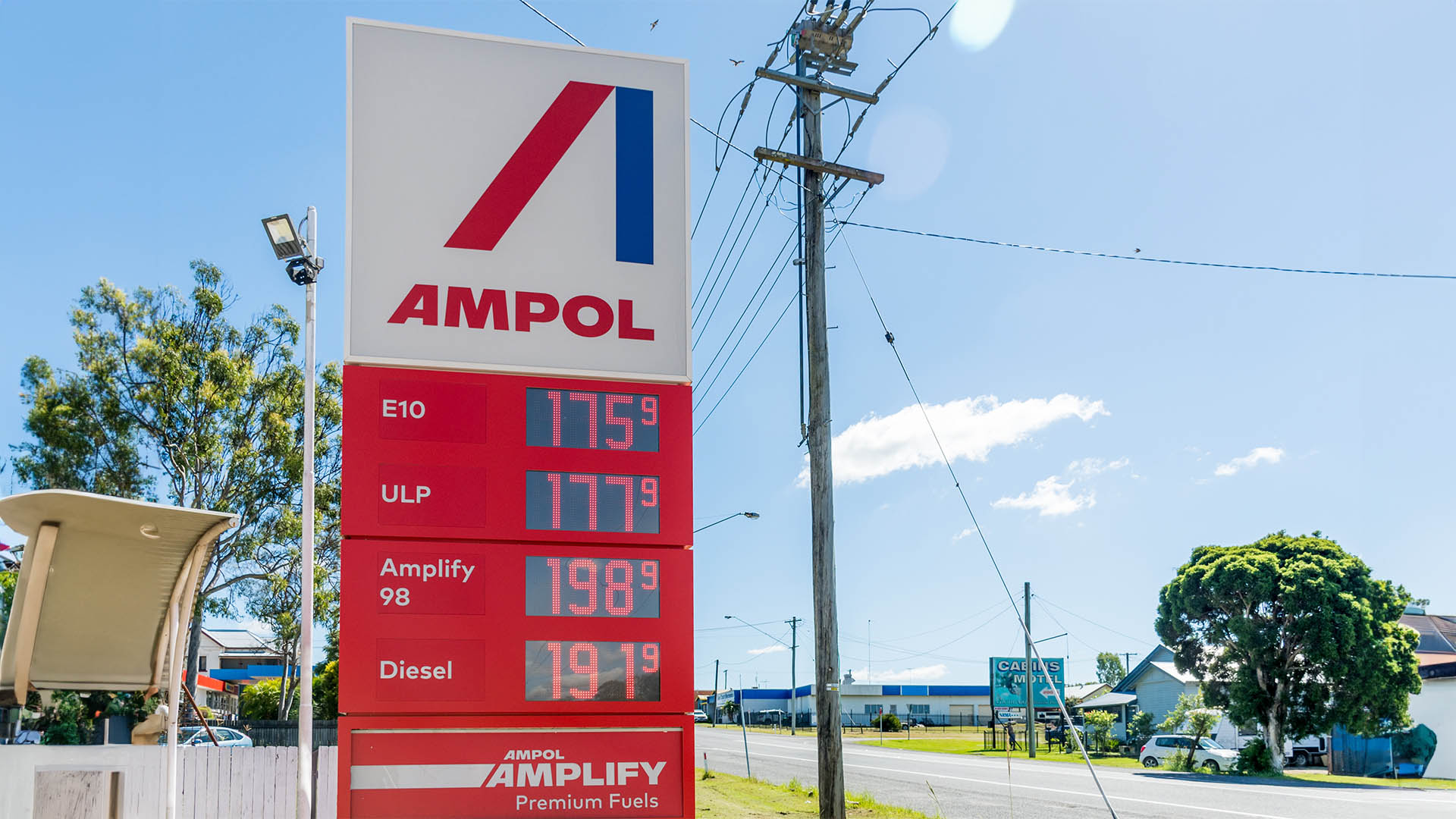by Erik Borean
Thus far, the early part of 2022 has been characterised by volatility and price falls. As nominal bond yields have risen, expectations of an increase in rates, assisted by RBA governor Philip Lowe recently describing a rate rise this year as “plausible”.
Not by coincidence, the AREIT sector has fallen by 10.27% so far this year whilst the ASX 200 is down 3.05% (as at 11/02/2022).
We last wrote about the potential impact of RBA rate tightening cycles on AREIT returns in May 2018 (see Conventional wisdom is wrong. Rate rises are good for property trusts).
Back then, the RBA cash rate was at a record low of 1.5% and Lowe was indicating tighter monetary policy. The pandemic caused a change in direction. The RBA cash rate now sits at 0.1% and 11 years have passed since the bank raised rates.
The prospect of higher rates, to paraphrase R.E.M., might feel a little like “the end of the world as we know it’’ but this view is misplaced.
In fact, there’s a strong case that rate rises imply conditions that will be good for AREITs, with historical evidence to support this belief.
All else being equal, as interest rates increase the value of an asset’s future income stream falls. The discounted cashflow models that us analysts use to value AREITs indicate this to be true. History, though, suggests it may not be.
The following chart illustrates AREIT returns through periods where the RBA has progressively increased the cash rate since 1992:
S&P\ASX 200 AREIT Index Performance vs RBA Tightening Cycles*

Source: RBA, IRESS, DXAM/APN RES data extracted on 04 February 2022, analysis compiled DXAM/APN RES.
*Tightening cycle defined as a period of consecutive rate increases or where multiple rate increases have been punctuated by a period of no change.
Contrary to popular belief, AREIT investors tend to benefit when interest rates are rising. In the last five tightening cycles – a total of 100 months – the AREIT sector (measured by the S&P/ASX 200 AREIT Accumulation Index) has achieved an average annualised total return of 7.5%.
Even after removing the longest RBA tightening cycle from 2002 to 2008 (preceding and including the GFC), the AREIT sector returned 7.0%.
So, why does reality appear at odds with theoretical convention? Because simplistic, company-orientated models do not reflect economy-wide complexity.
An AREIT that uses debt to finance the ownership of its assets is exposed to rising rates because it will have to pay more to service its existing debt, a fact easily incorporated into a spreadsheet model. What is less understood, and more difficult to model, is that rising rates are often an indicator of buoyant economic conditions, which are good for AREITs more generally.
As landlords to the economy, the financial performance of commercial real estate is driven by economic activity; the number of people entering a shopping centre; the packages being processed in a warehouse; and the leasing of new office blocks.
This real-word view sheds a different light on the role of interest rates and how they impact AREIT valuations. That light is also reflected in the historical performance of the sector through previous tightening cycles.
As managers with a long-term view, we’re not surprised that history suggests a rising cash rate bodes well for AREIT returns.
Demand for commercial office, industrial and retail space is a by-product of elevated economic activity and results in expanding rental receipts – the very driver of long-term value for real estate investors.
In addition, low unemployment supports consumer confidence as labour scarcity drives worker demand, wages growth and an individual’s ability and willingness to spend.
For AREIT investors, there are three further points that should settle the fear of an interest rate rise.
First, most rental contracts are inflation-linked. If rates rise, pushing up the cost of debt servicing, rents received will tend to offset this impact.
Second, where this isn’t the case, the cost of increasing debt servicing costs is less of an issue than many investors might imagine. Across the AREITs we cover, gearing stands at a low 24.6%. More importantly, in the AREITs we own in the fund, over 64% of this debt has been hedged for the next five years. This is an extra layer of protection against rising debt servicing costs.
While many AREITs have worked towards aligning their debt expiry profile and hedge books to the duration of portfolio leases, those who have not may be exposed in the shorter term as higher interest costs cannot be immediately offset by increasing rents.
Third, many AREITs have restructured their debt books over the last few years. Average interest cost is now just 2.3% across the AREITs in our universe.
Combined, these factors mean that the fear of the impact of higher rates on the AREIT sector is overdone but this is a common occurrence with investors in the initial stages of a tightening cycle.
We’re confident that when the RBA does raise rates, AREIT investors will more-than-likely benefit. The sustainable, low-risk income returns investors have come to expect will not be derailed by a few rate rises and, as an indication of improving economic conditions, may even be good for them.
Which is to say Michael Stipe was wrong. It is not the end of the world as we know it.
The APN AREIT Fund is an income focused, award winning property securities fund that invests in a portfolio of listed Australian Real Estate Investment Trusts (AREITs). It seeks to provide investors with a consistent, relatively high level of income combined with some capital growth.













